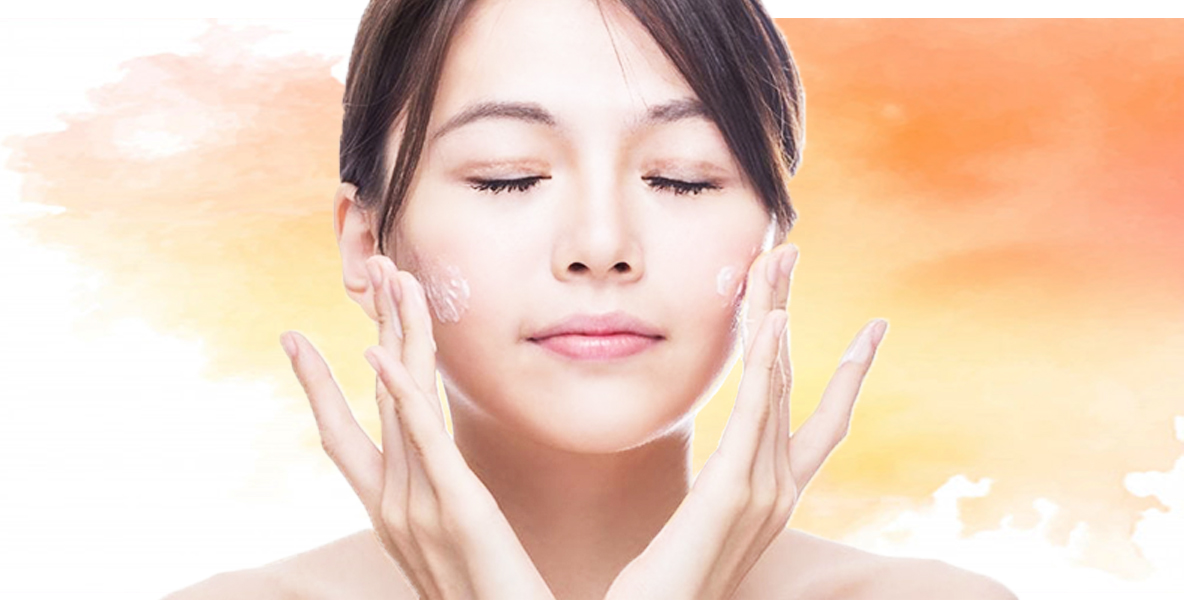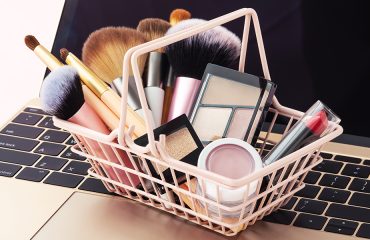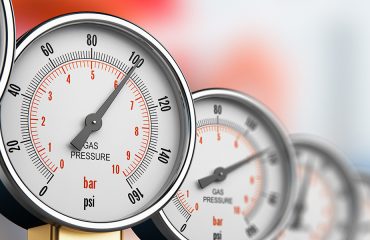Following the release of CSAR (Cosmetic Supervision and Administration Regulation), China has carried out a series of measures to support the cosmetic regulatory framework:
On August 28, 2020, the Department of Cosmetics Regulation under the NMPA (National Medical Products Administration) has entrusted the NIFDC (National Institutes for Food and Drug Control) to release:
- Regulatory standards for the registration and filing for cosmetic products (Draft)
- Regulatory standards for the registration and filing for new cosmetic ingredients (Draft)
Some main points incorporated in the new drafts include:
- The new regulation is intended to standardize cosmetic registration and filing and shift the focus of cosmetic supervision from pre-market to post-market management. 65 articles are contained within 7 chapters:
- Basic Requirements
- Format requirements
- The opening and maintenance of user permissions
- Requirements for registration and notification dossiers
- Requirements for modifications
- Requirements for registration renewal and cancellations
- Supplementary provisions
- Dossiers requirements for new cosmetic ingredient registration and notification are the same. Despite this, new low-risk ingredients will be subject to filing management and requirements regarding safety dossiers consistent with high-risk ingredients, meaning some additional tests may be necessary.
1 Application Form
2 R&D Report
3 Preparation Technique
4 Stability
5 Quality Control Standards
6 Safety Assessment
7 Functional Basis
8 Technical Requirements
9 Samples - Alternative methods to animal testing data might be accepted under certain conditions in future. The draft suggests that in future, companies may be able to apply for exemption of toxicological test for imported general cosmetics (currently known as “non-special” cosmetics) if the following preconditions are met:
- The manufacturers must provide the relevant GMP certification issued by the cosmetic regulatory authority of the country or region where they are located.
- The safety risk assessment results (including detailed test data, laboratory qualification analysis, etc.) must be sufficient to fully confirm the product safety.
- Notably, these two conditions are not easily satisfied, and enterprises may still face challenges. Please note that this is merely an opinion draft and at this point in time the information regarding animal test exemption is still very vaguely phrased and it remains uncertain if and how this will be implemented.
On September 1, 2020, the NIFDC issued the draft guidelines for cosmetic efficacy claims and solicited public comments.
Until now, there have been no requirements for cosmetic efficacy claims, with the exception for sunscreens and the waterproof function of sunscreens. The CSAR released in June stipulates that cosmetics efficacy claims should have a sufficient scientific basis.
Key points included in the new draft guidelines are:
- Four evaluation principles may be used to evaluate cosmetic efficacy claims: human trials, consumer tests, laboratory tests, and document literature.
Also mentioned in the guidelines are the evaluation exemption, accepted evaluation methods, evaluation institutions, obligations of institutions and registrants/filers, necessary content in the evaluation report, etc.
On September 16, 2020, the NIFDC launched the second round of public consultation for the amendments of the cosmetic safety technical specifications (2015 edition).
On September 21, 2020, China NMPA released the draft Administrative Measures on Cosmetics Labeling for public consultation. This draft defines the requirements for cosmetic labeling and claims.
- Chinese labels of imported cosmetics can be directly used or affixed. The content regarding product safety and efficacy on Chinese labels must be consistent with the content of the original labels.
- Efficacy claims mentioned on cosmetic labels shall be supported by sufficient scientific basis. Only product whose efficacy was validated by human trials can claim “efficacy validated” on their label.
- The draft describes 13 types of prohibited claims. The NMPA is planning on dynamically maintaining a list of examples of prohibited claims based on the real cosmetic supervision situation.
Should you have any suggestions, you can email us at li@cisema.com before October 18 and we will gladly submit them to the NMPA on your behalf.
Related articles: Long awaited cosmetics regulation now passed
By Jacky Li. Contact Cisema if you would like to learn more.

 Deutsch
Deutsch  Italiano
Italiano  Français
Français  日本語
日本語  한국어
한국어 



